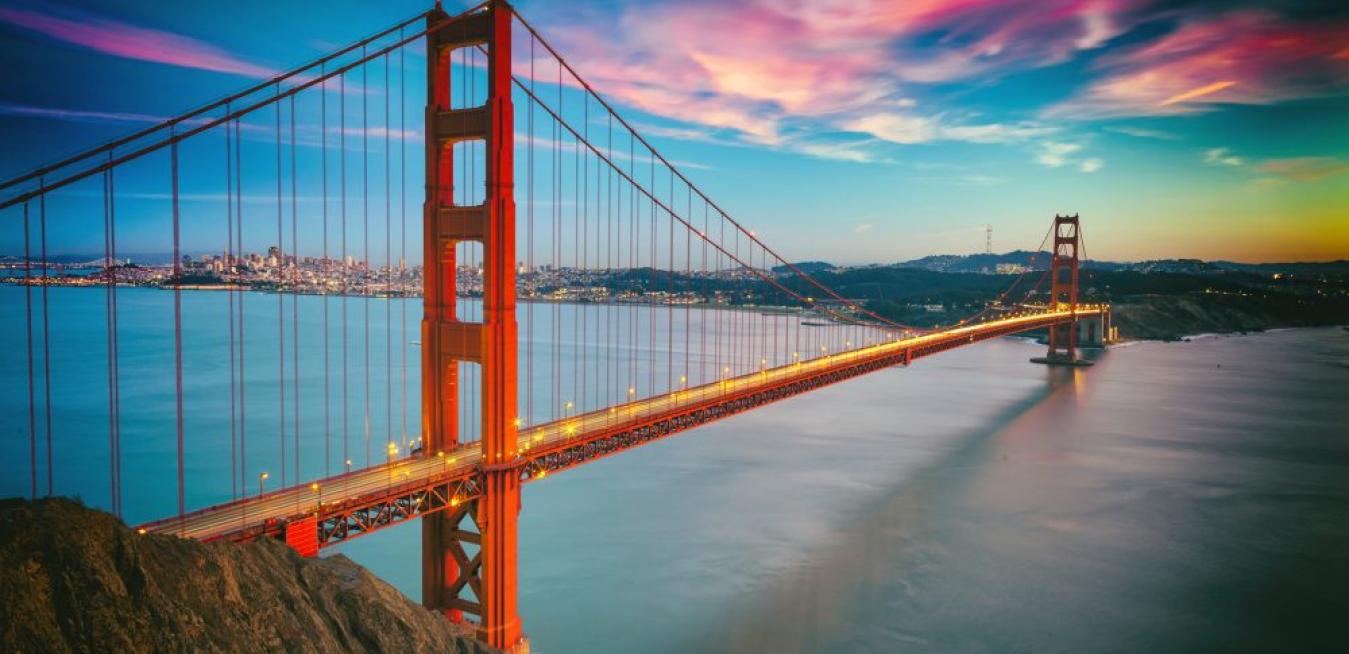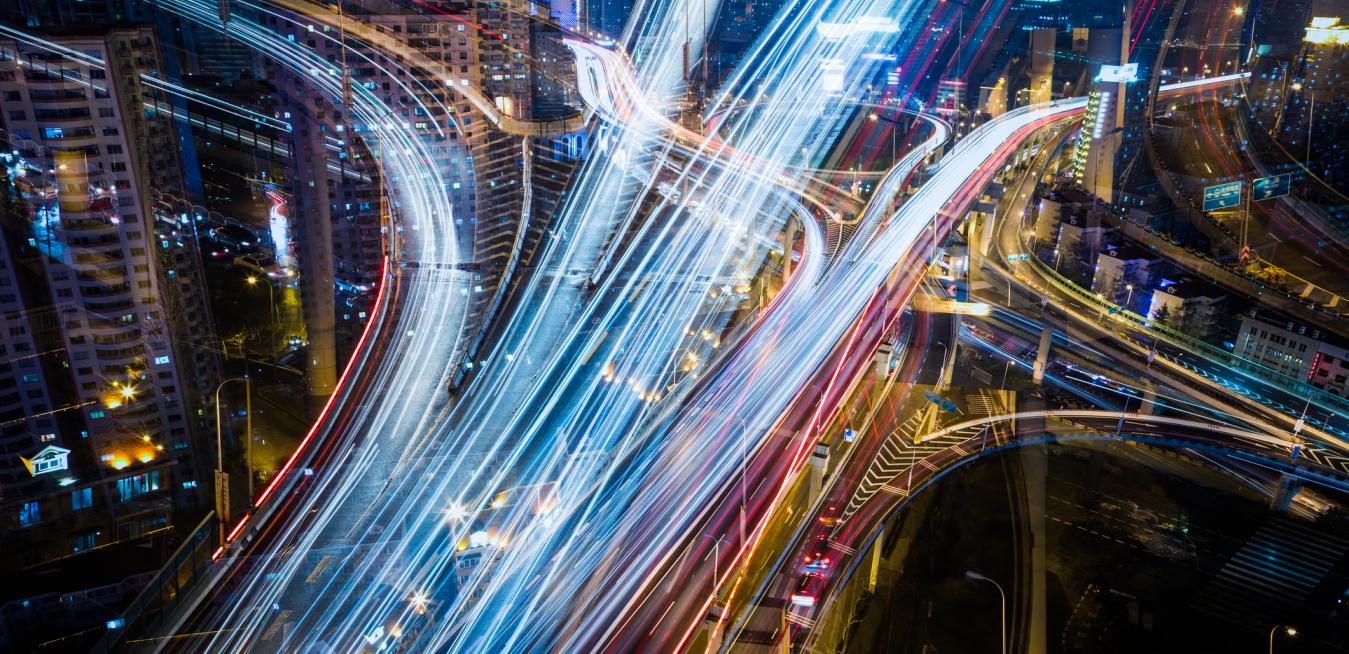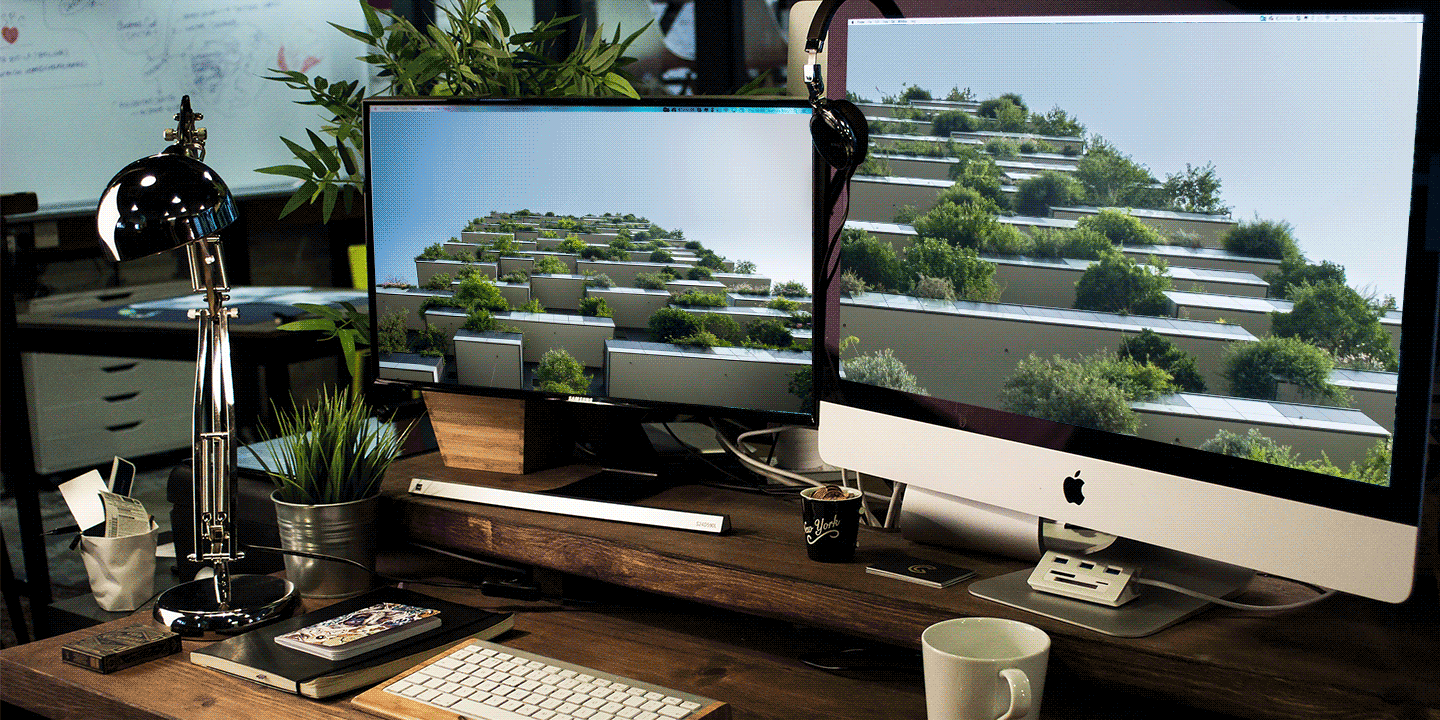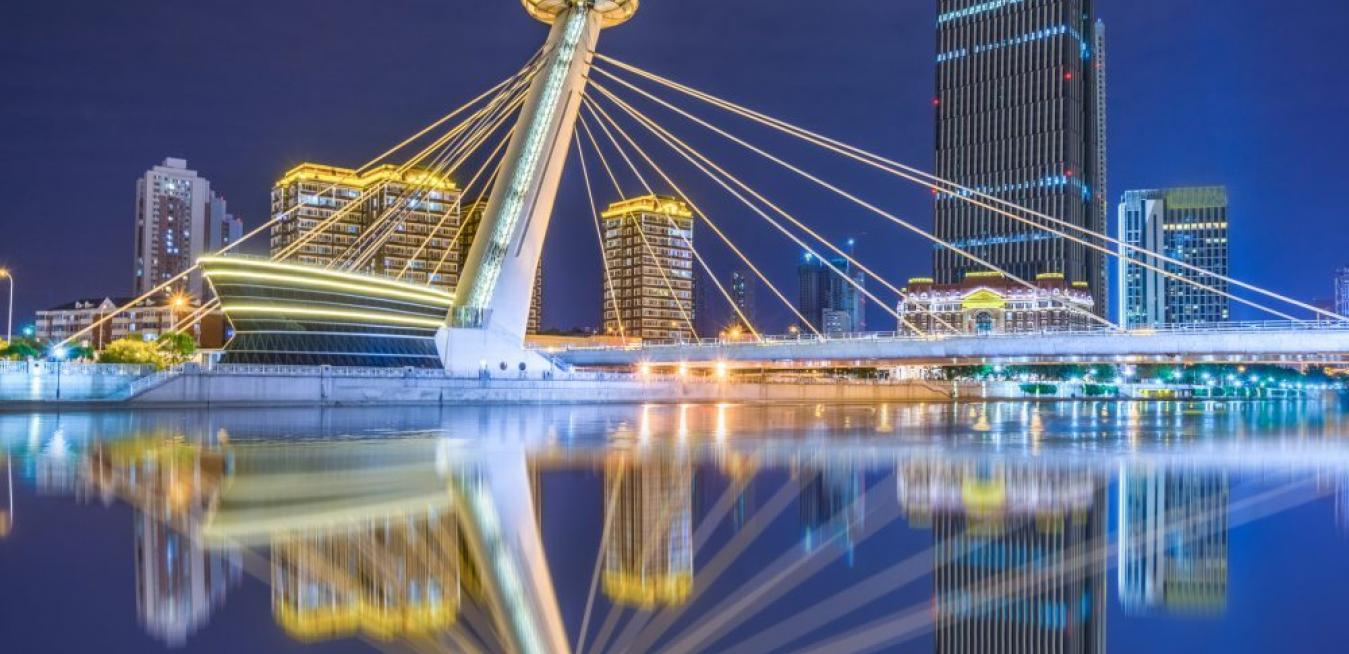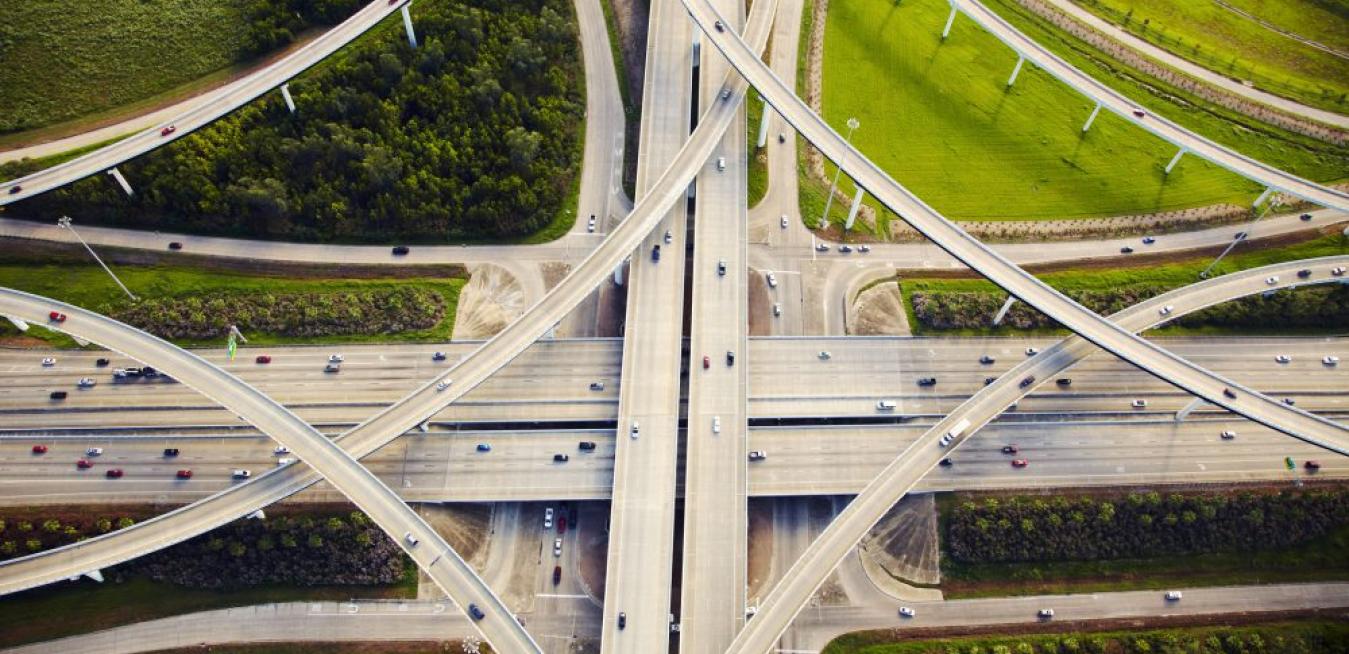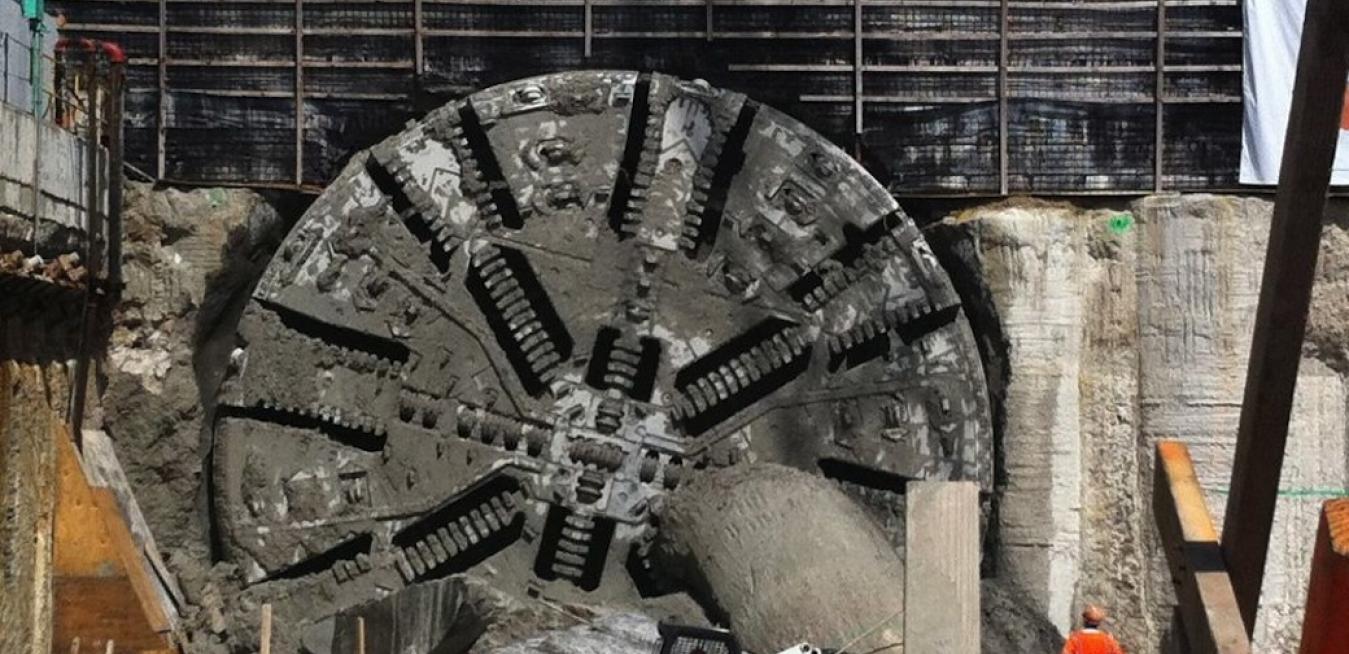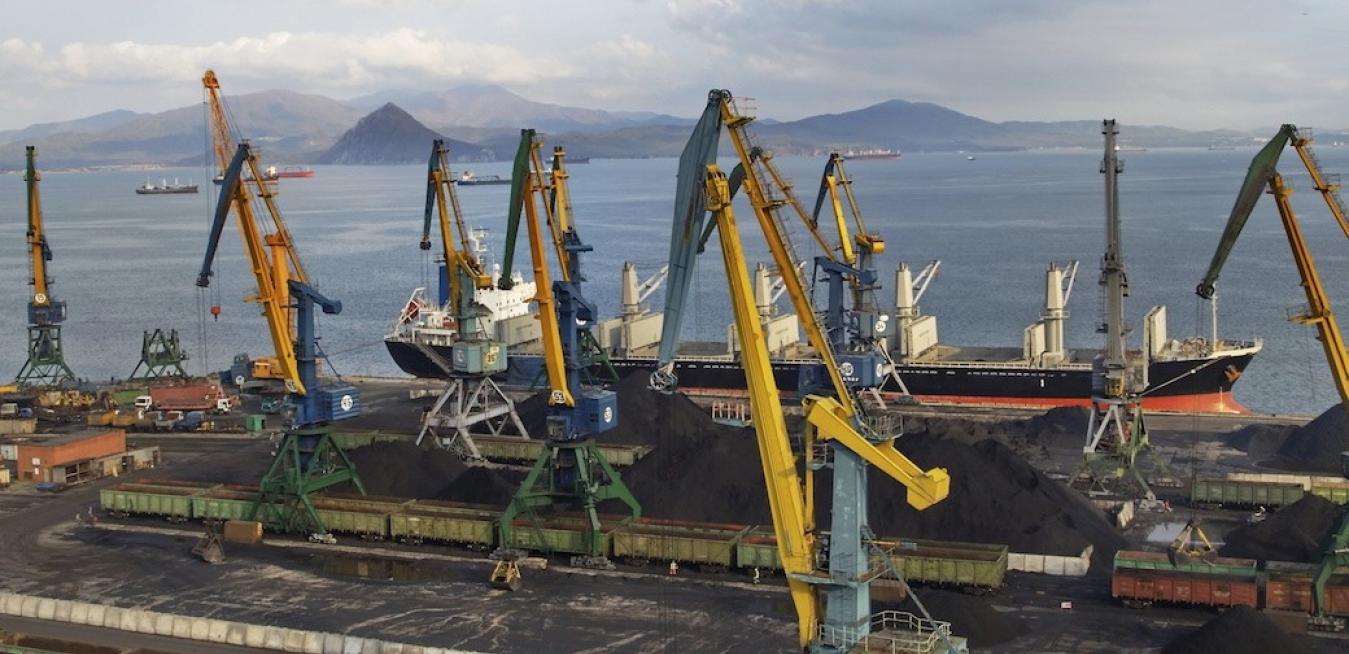It's been 80 years since the Golden Gate Bridge opened to San Francisco traffic. While technology has advanced, the beloved landmark's upkeep costs remain high – is there a better way to span this strait? Engineers from West Virginia University give their take on potential materials and tech.
Ever since the Golden Gate Bridge opened to traffic on May 27, 1937, it’s been an iconic symbol on the American landscape.
The extent to which we support energy innovation today will determine the world our children and grandchildren inherit in 2050. It takes 30 years or more to successfully commercialize and deploy transformative new energy technologies at scale, so the investments we choose to make over just the next 5 years – or indeed those we don’t - will determine their fate.
The year 2050 sounds pretty far away, doesn’t it? But in terms of the world our children and grandchildren will inherit, 2050 is today: it’s right around the corner.
When it comes to designing infrastructure, one thing is for sure: Big Data collected through the IoT will play a key role in growing the megacities of 2050, including using data to watch people’s movements and creating smarter mobility. But creating smart cities means more than using the IoT to optimize services or communicate information to residents. It should frame local government decision-making around city transformation.
All over the world these days, sustainable design is good design -- from China's tallest tower to the Bellagio Hotel fountains. Designers and engineers who are addressing climate change and aiming for higher resource productivity typically employ five approaches, writes Lynelle Cameron, president and CEO of the Autodesk Foundation and vice president of sustainability at Autodesk.
Most people don’t see themselves as having the personal power or influence to make a compelling difference in climate change.
There’s a popular saying in Chinese urban geography and architecture: “If you want to understand 5,000 years of Chinese civilization look at Xi’an, 1,000 years look at Beijing, modern China look at Tianjin.”
Investing in U.S. infrastructure may be one of the few bipartisan efforts that financial institutions, manufacturers, policy makers and workers can all get behind. The new Coalition to Modernize America’s Infrastructure is a diverse group that advocates four principles for a truly transformative infrastructure package.
Coal may have its critics, but Japan is demonstrating that the fossil fuel can have a role to play in sustainable economic growth.
Few countries in the world face the energy security challenges of Japan. With virtually no domestic energy resources to speak of — its large methane hydrate resources being decades away from development — Japan has had to rely on imported fuel for almost all of its energy needs.
